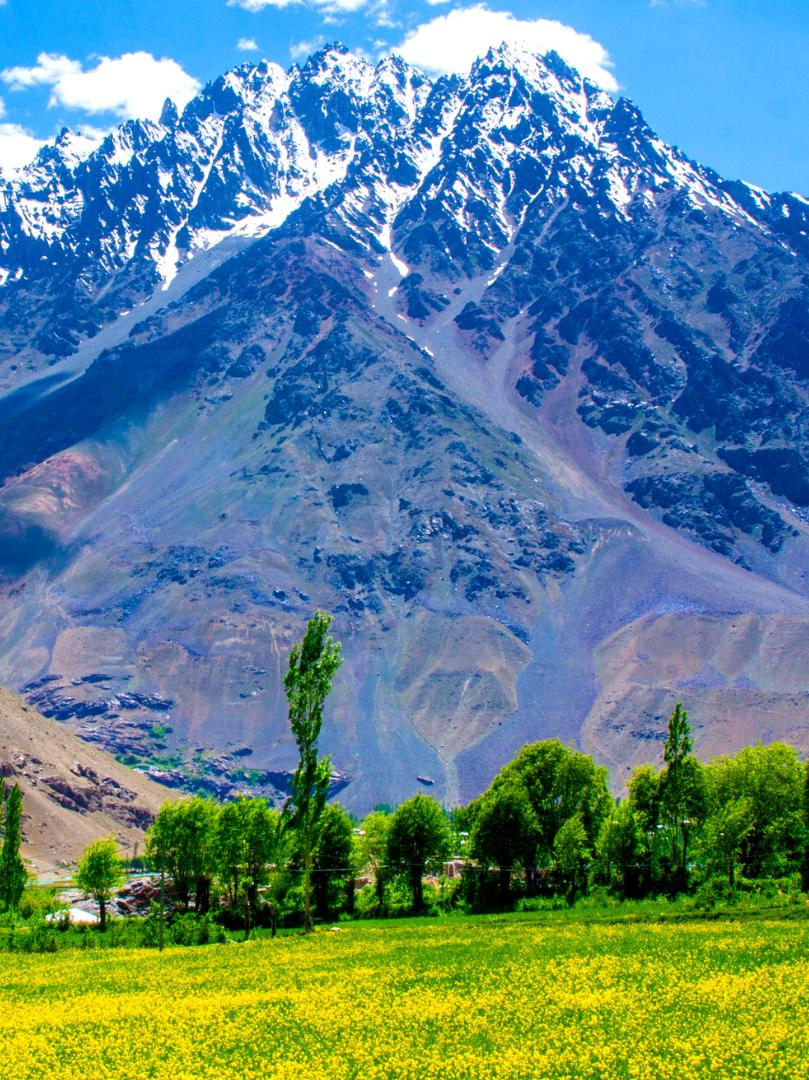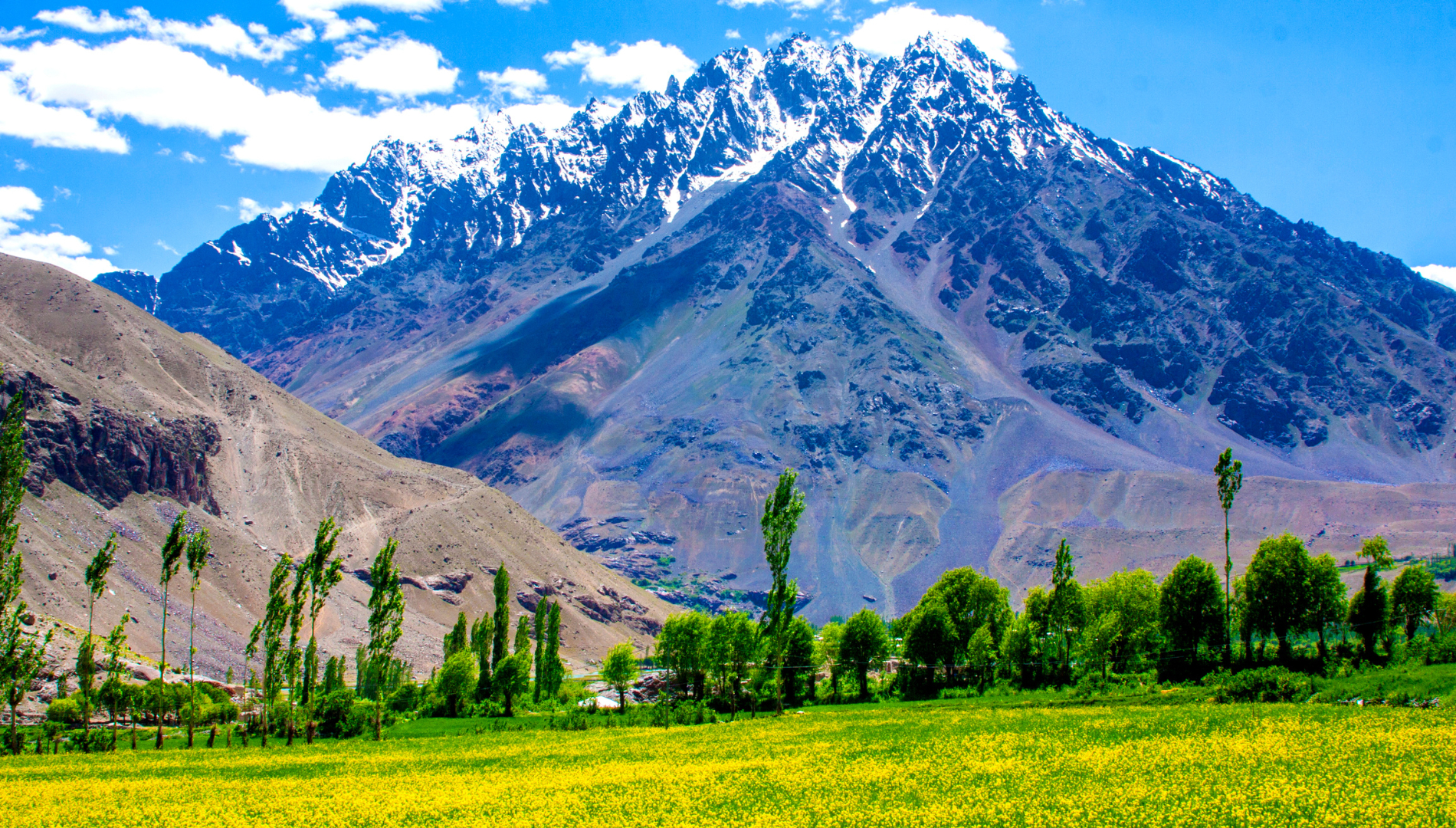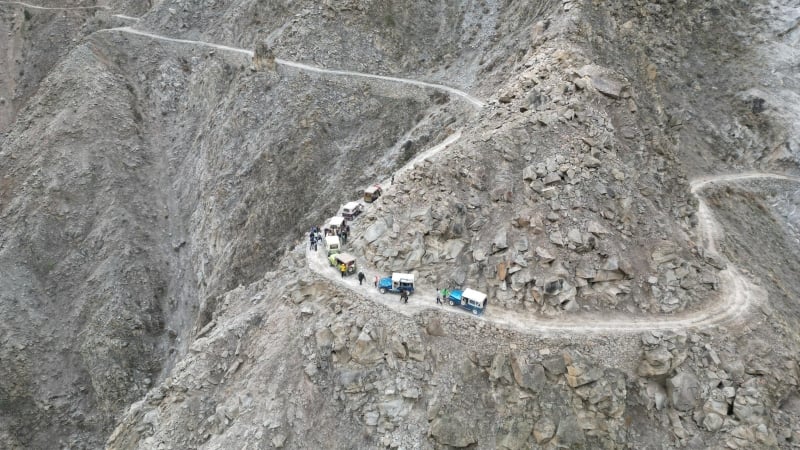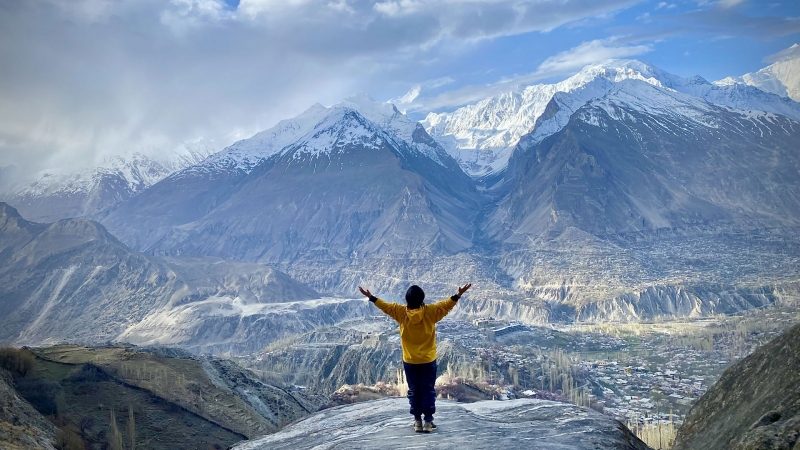Pakistan is a lower middle-income country with a population of 231 million. GDP per capita in 2023 is $1,505, GDP growth rate is only 2.8%/year, while population growth rate is quite high at 1.8%. Before Covid-19, Pakistan had several years of relatively good GDP growth, at 5-6%/year.
Pakistan's power system is considered quite large. The total installed capacity of the power system in 2023 is 43,657 MW. Pakistan's electricity production in 2022 is 133 billion kWh. The largest contribution to electricity comes from gas-fired power plants, 33.29%, followed by hydropower and coal-fired power.
Production stagnated after two years of Covid and historic floods, causing Pakistan to fall into a spiral: The poor have no money to pay for electricity, the lack of electricity increases the cost of domestic products, causing production to not grow, so they remain poor.
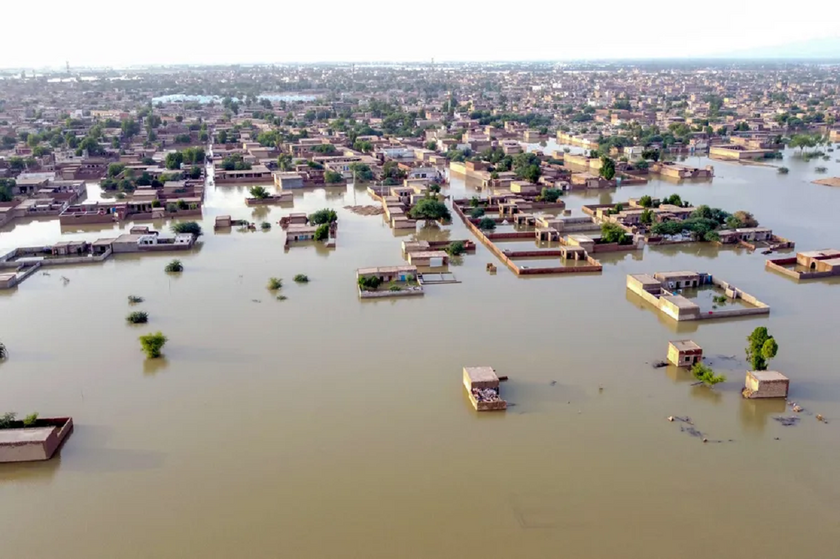
After the flood crisis, people here also have to face a serious power shortage.
Mountain tourism in Pakistan is growing as tourists tend to seek out the pristine parts of the country with fresh air.
Residents of these areas are facing a worsening electricity crisis. Tourism growth, combined with population growth, has put enormous pressure on the power supply. Power shortages, already a problem with power cuts often lasting up to 18 hours a day, now threaten to become more severe.
This is largely due to tourists using more electricity than locals for activities such as lighting, using electronic devices, cooking, etc. In addition, the power grid system in mountainous areas is often old, degraded and unable to meet the increasing demand for electricity. Traditional power sources such as hydropower are being affected by climate change, causing a decrease in the amount of water supplied to hydropower plants.

Life without electricity is difficult for people in Pakistan's mountains
People have to endure power outages for many hours every day, affecting their daily life, study and business. The use of diesel-powered backup generators contributes to increased environmental pollution. The power shortage crisis makes tourists afraid, affecting the tourism reputation of the area.
Pakistan’s 7,000 glaciers are melting rapidly. Melting glaciers may temporarily increase the amount of water available for electricity generation, but in the long term they affect storage capacity, reducing power supplies. Meanwhile, tourism growth and population growth are adding to the shortage of electricity.
While tourists visiting Pakistan’s mountainous regions may be spared from power outages, thanks to hotels using solar panels or generators, locals are not so lucky. These facilities are considered luxuries beyond the reach of most residents.
The people of Skardu, one of Pakistan’s most popular mountain tourism destinations, have not only failed to benefit from the tourism boom but are also facing the risk of their lives becoming literally “darker”. They are facing a shortage of electricity, which not only affects their daily lives but also hampers economic and educational activities.
Prolonged power outages force people to resort to makeshift measures such as kerosene lamps or flashlights, increasing the cost of living and reducing the quality of life. The lack of electricity also hinders the development of small businesses, agricultural production and other commercial activities.
To improve the situation, the government needs to have special support policies for people in mountainous areas, including providing affordable solar power equipment, improving grid infrastructure and promoting renewable energy projects. At the same time, tourism businesses should also have social responsibility, contributing to improving the living conditions of local people, through community development and environmental protection programs.





